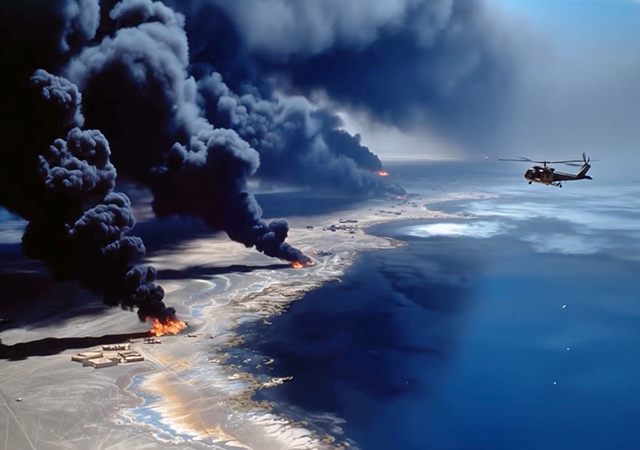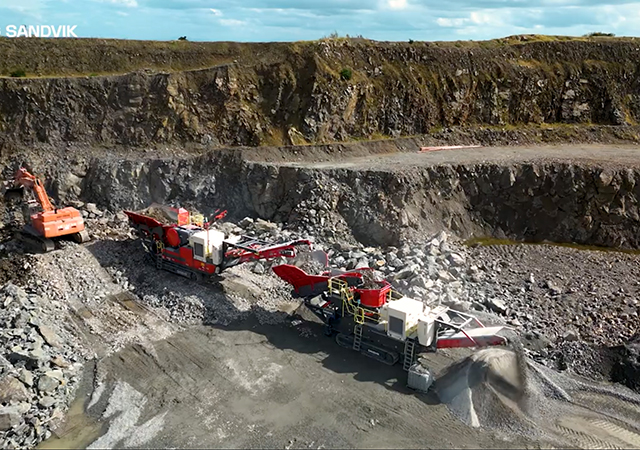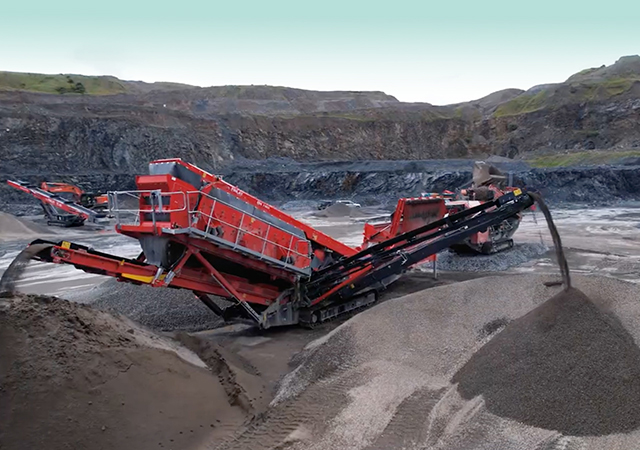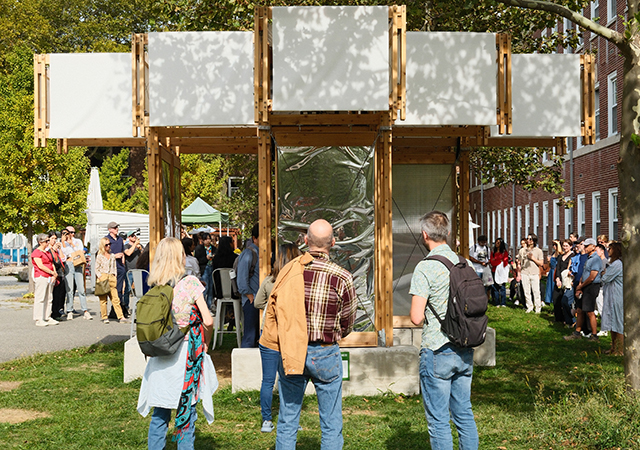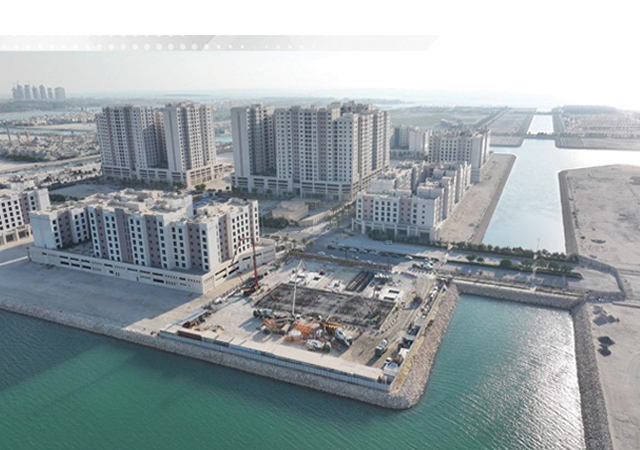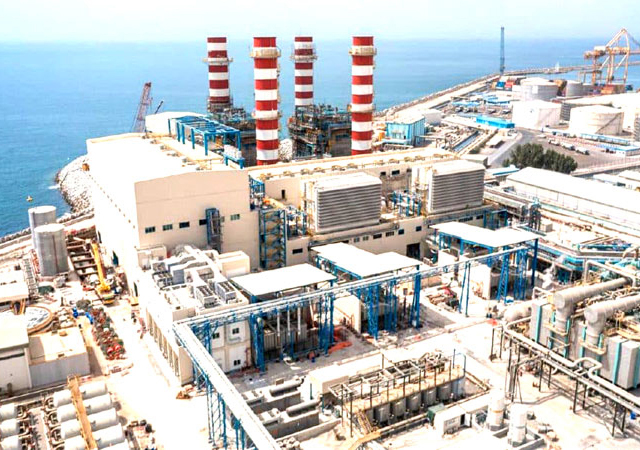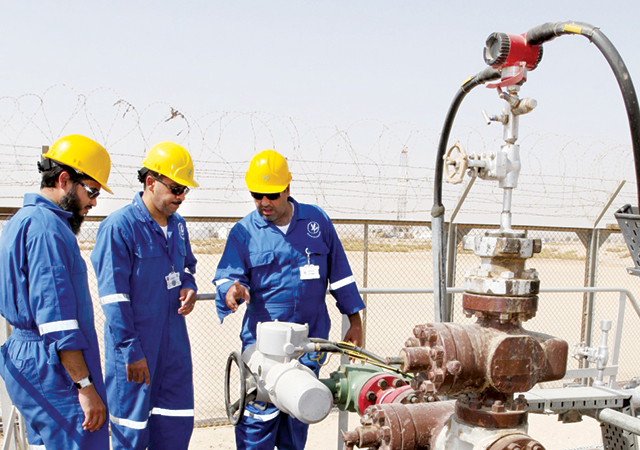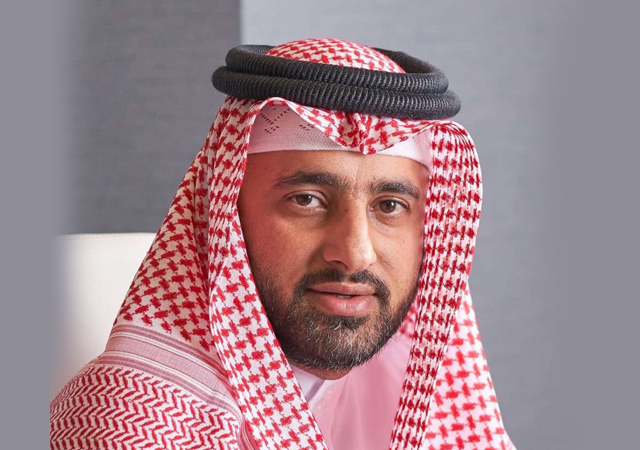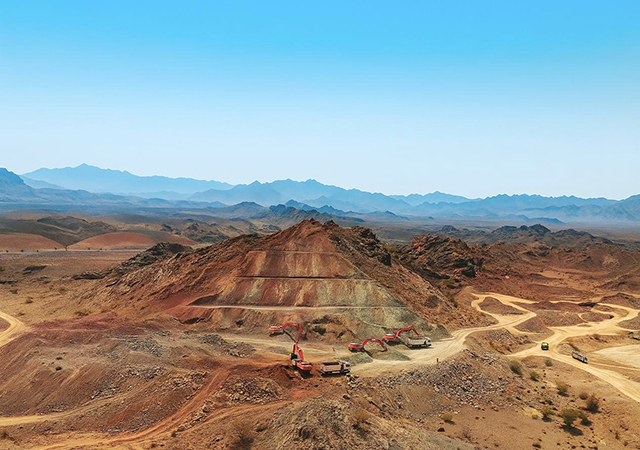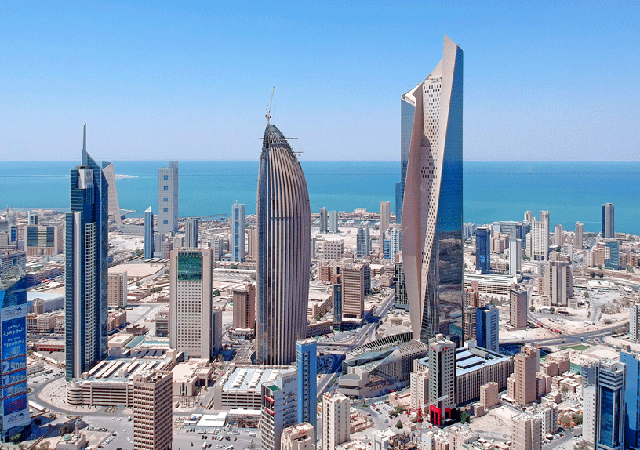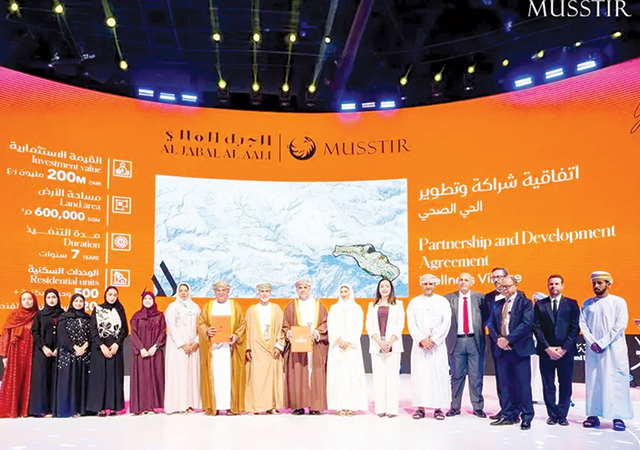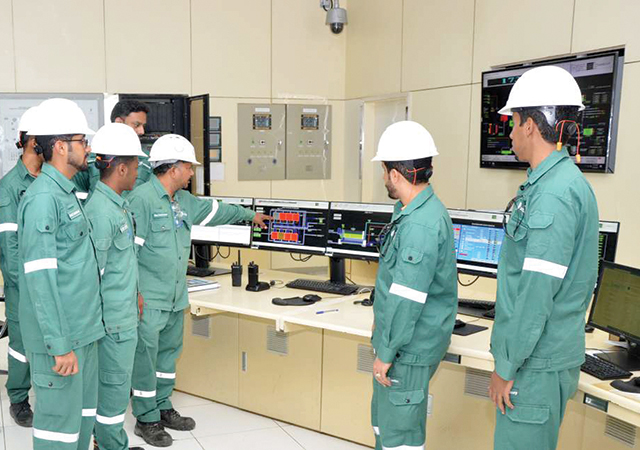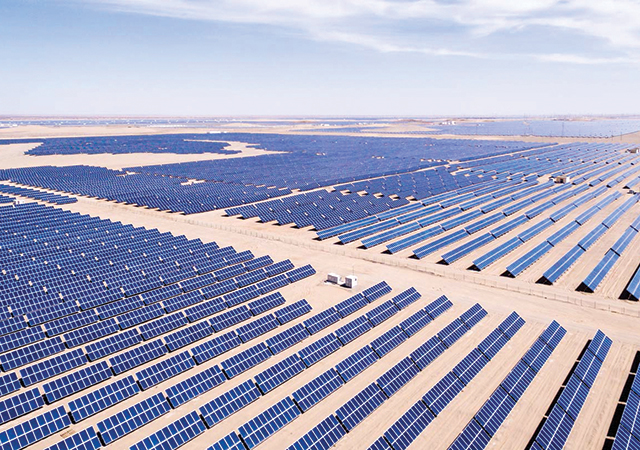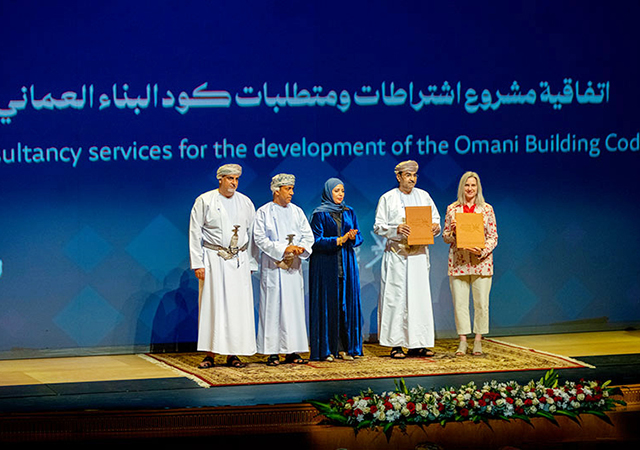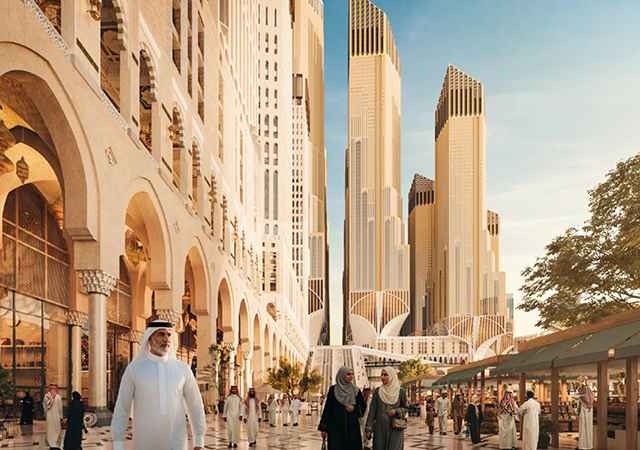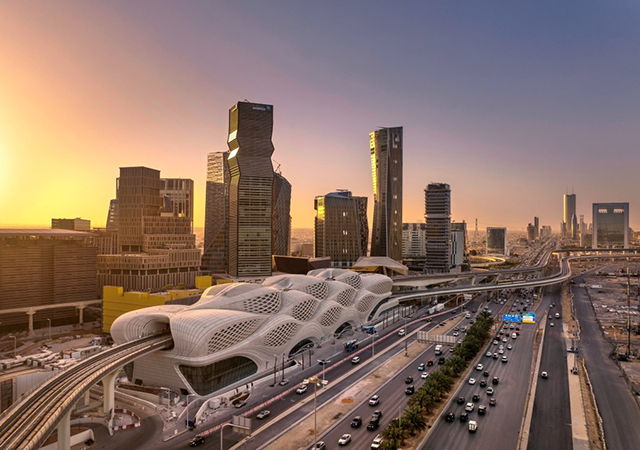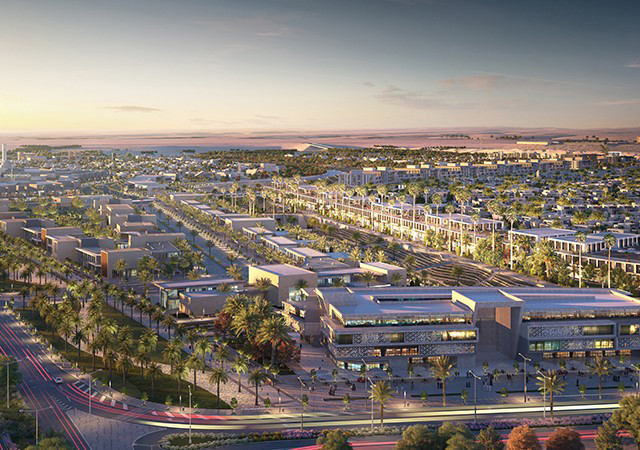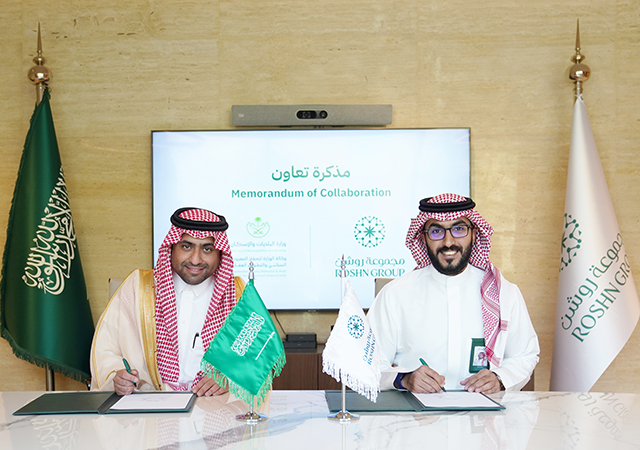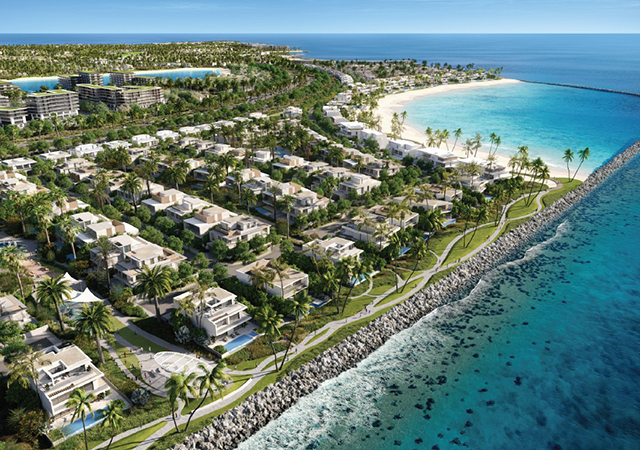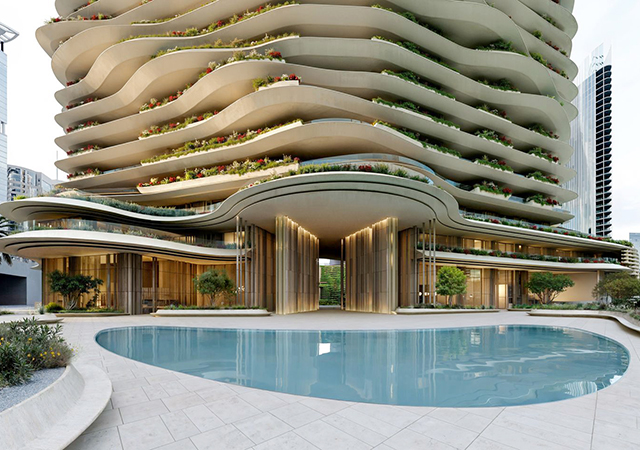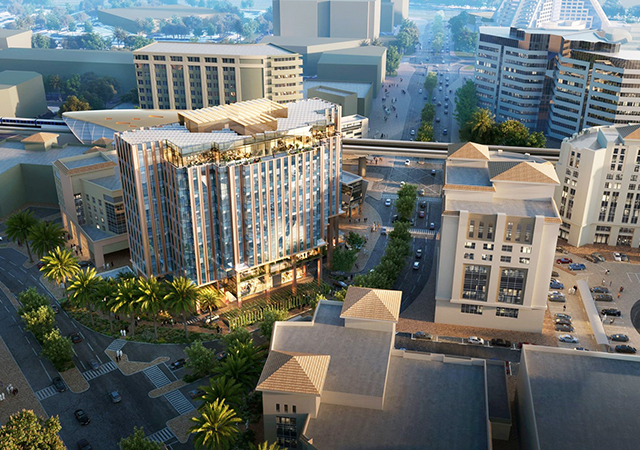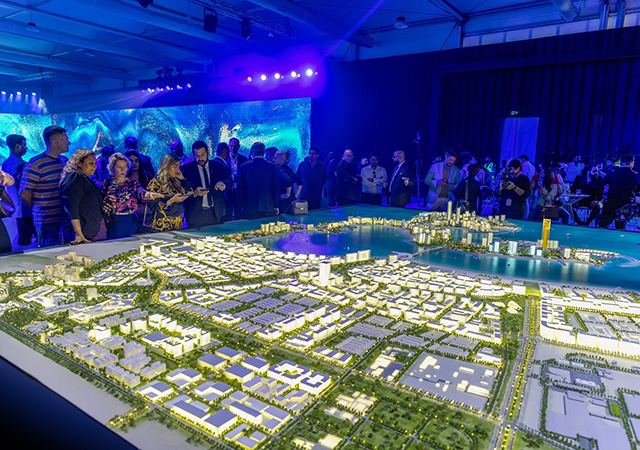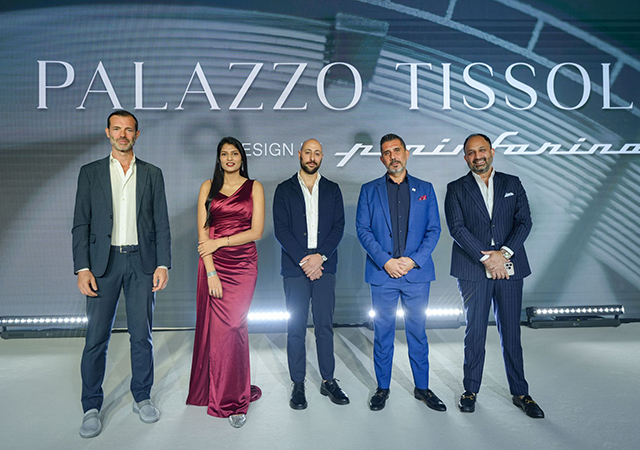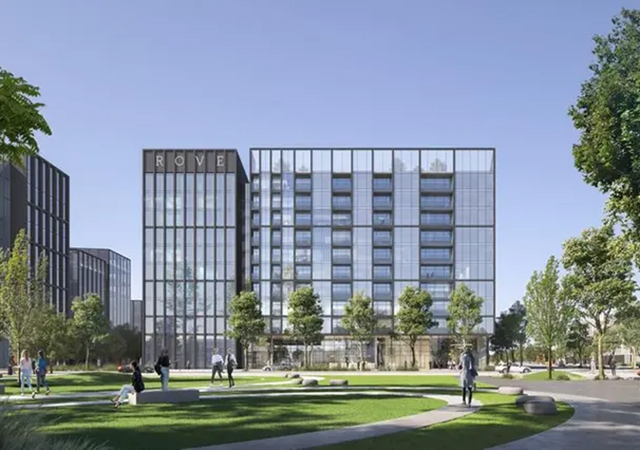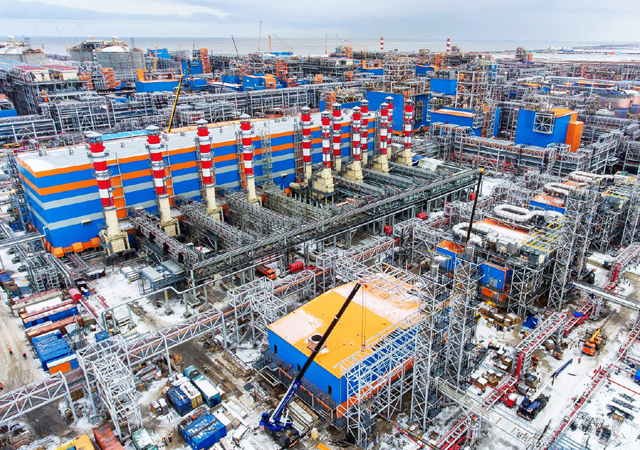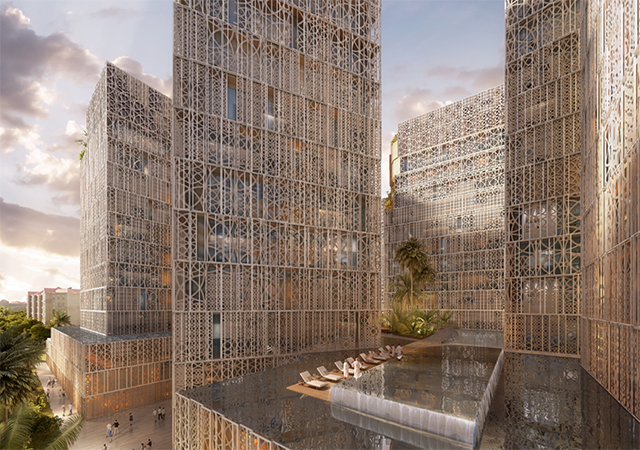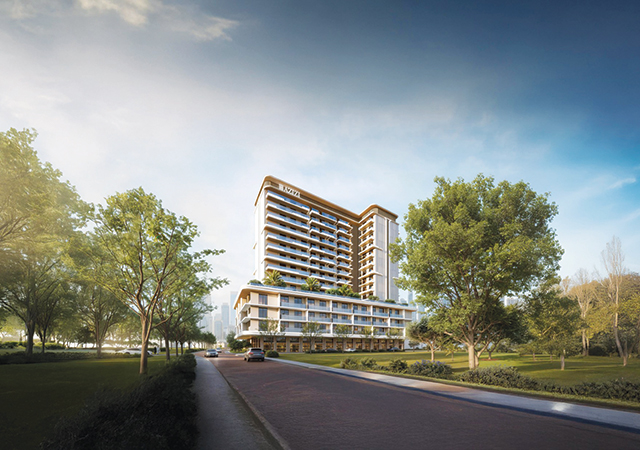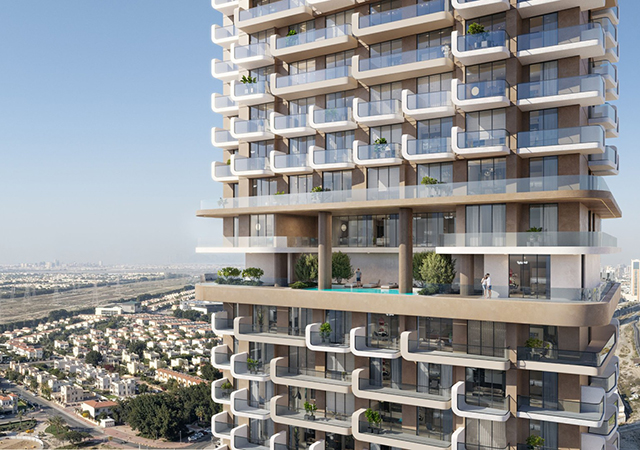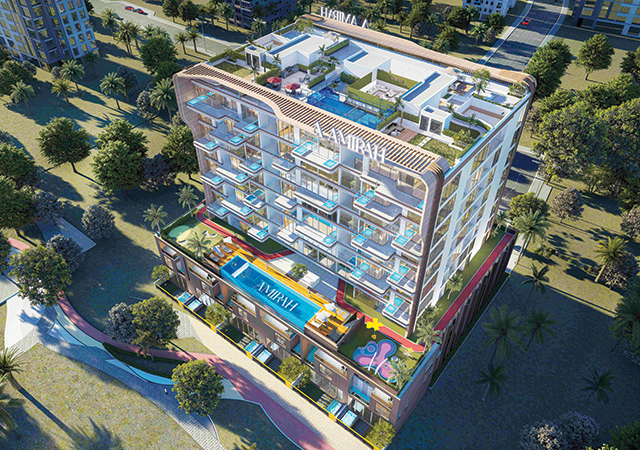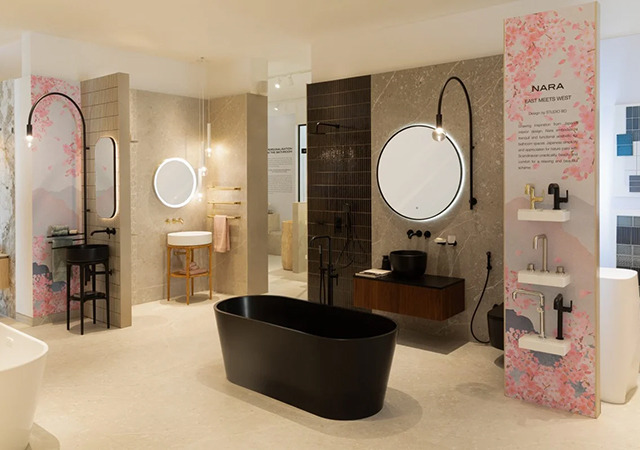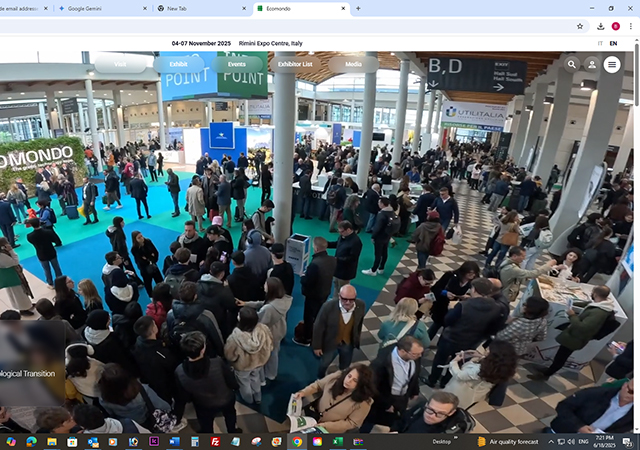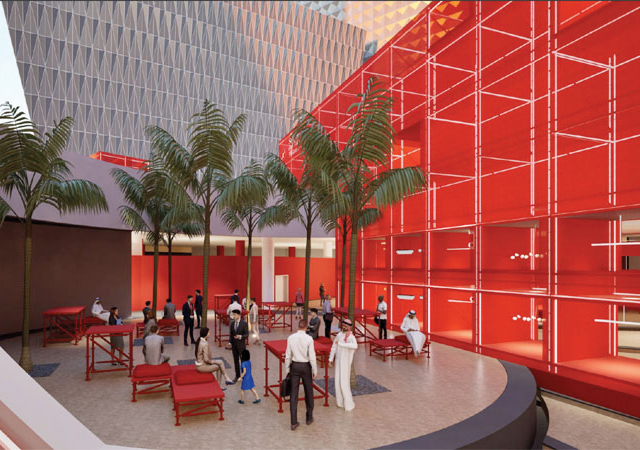 ‘Jewel Boxes’ of Tigris mesh used for the ceiling of the Dubai Convention Centre.
‘Jewel Boxes’ of Tigris mesh used for the ceiling of the Dubai Convention Centre.
Leading technical weaving mill GKD (Gebr Kufferath, Duren) of Germany is looking to increase its regional market penetration and the awareness of the decorative and functional attributes of metallic fabrics in architecture and design.
Towards this end, the company set up its representative office GKD Middle East in Dubai in May last year.
“With this office, we are now truly represented after years of presence in the Arab countries. Proximity to the customer has always been the company’s motto,” says GKD managing director Dr Stephan Kufferath. “We believe that there will also be sustained growth in the architectural sector in Arab countries.”
GKD offers wire mesh known as CreativeWeave that can be used as cladding for buildings, ceilings, walls or columns, as a floor covering, and as partition walls or sunscreens. The mesh is available in a wide range of types specifically developed for various applications in architecture and design.
The company has already accomplished a number of prestigious projects in the UAE including the ‘Jewel Boxes’ of the suspended ceiling at the Dubai Convention Centre, and the semi-transparent ceiling made of GKD’s Lago metallic mesh at a sales office on The Palm, Jumeirah which gives it an exclusive, spacious atmosphere, says a spokesman for GKD. “Suspended ceilings made of stainless steel mesh give the room an extra dimension. The material catches the light and colours and reflects them back into the room.”
“Filigree Mandarin mesh made of bronze adorns the walls in the Equestrian Club of the royal family in Abu Dhabi while the woven metallic carpeting Tatami – named after the Japanese straw matting that inspired it – lends a subtle design note to a health club in Abu Dhabi,” he adds.
In addition, the facade of the International Hotel at Dubai International Airport is veiled with a shimmering metallic curtain made of Sambesi mesh, while the staircase cladding of the grandstand at the Nad Al Sheba camel race-track was created using the mesh-type Tigris.
Elaborating on CreativeView, the spokesman for GKD says: “The textile-like structure of GKD’s architectural wire mesh – which is supple, flexible, reflective, transparent or opaque – provides endless design scope for planners. Furthermore, the material is fire-resistant, maintenance-free, practically unlimited in its service life, insensitive to impact and easy to clean.
“Even the salty sea air, the sandstorms or the glaring heat of the Arabian Gulf can do nothing to impair the eternal beauty of the metallic fabric. Wire mesh also offers special qualities when it comes to acoustic insulation, reduction of draughts and construction of sunscreen elements.
A variant of the product Crystal Weave – a metallic mesh with Swarovski crystals woven into it – was also promoted at two major exhibition in Dubai in 2004, the Hotel Show as well as the Big 5 show.
“With accentuated lighting, this unique material combination – used as wall cladding, partition screens or ceiling elements – gives rooms a fascinating visual highlight, transformed it from one moment to the next into something completely new,” he points out.
Tracing the history of the use of steel wire mesh in buildings, he says: “The use of stainless steel wire mesh in architecture and design was initiated by the striking Bibliotheque Nationale de France in Paris. For this project, architect Dominique Perrault used the material for the first time in large dimensions and many variations. Thus, this project laid the foundations for the wide range of applications of the material. Due to its optical and functional properties, metallic fabrics are predestined for representative public buildings. Robustness, non-flammability and an almost unlimited lifetime are among the main attributes that make it suitable for libraries, sports arenas, car-parks, airports and hotels.
“The metallic fabric can be tensioned seamlessly, inside or outside, as façade, wall, ceiling or flooring, it is shock resistant and has excellent acoustic and running properties. The flexible texture of the fabric adjusts to round and square spaces. The exclusive aura and transparency of the fabric become a means to express the corporate design of modern companies. They convey quality, openness and the willingness to communicate.
For Perrault, metallic fabrics represent the “haute couture” in architecture.
“The variety of creative solutions with metallic fabrics – in exterior, interior and object design – is said to be unlimited. They offer protection against wind and rain as semitransparent filters. Ceilings and walls change into projection screens. Semi-transparent partition screens structure spaces and become light sculptures via special illumination. In interaction with light, the mesh surface can appear transparent or opaque as designed. Hardly any other material can be tensioned over large dimensions without any visible seams,” he says.
Founded in 1925, GKD has seven factories – two in Germany, the rest in England, Ireland, Spain, the US and South Africa – as well as branches in France and China and agents all over the world thus ensuring a local presence in the most important markets worldwide.
Besides, metallic fabrics for architecture and design, the firm has two other business units: filtration and separation; and process belt technology.



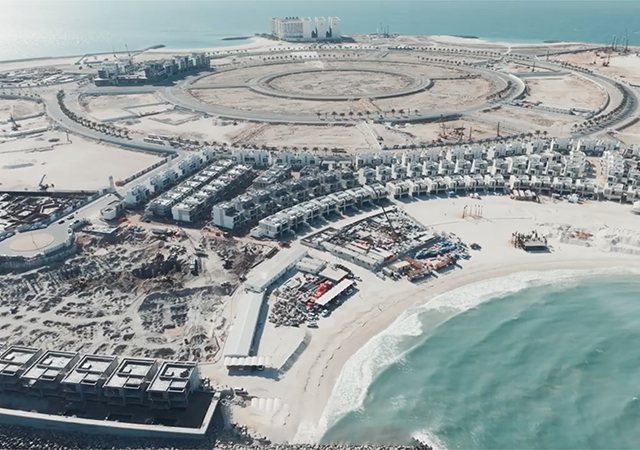

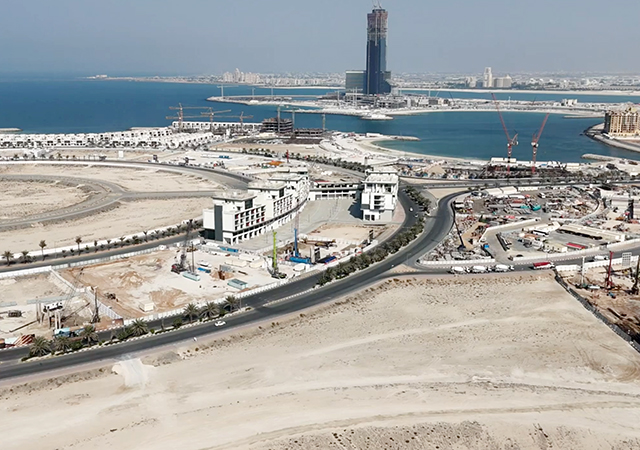
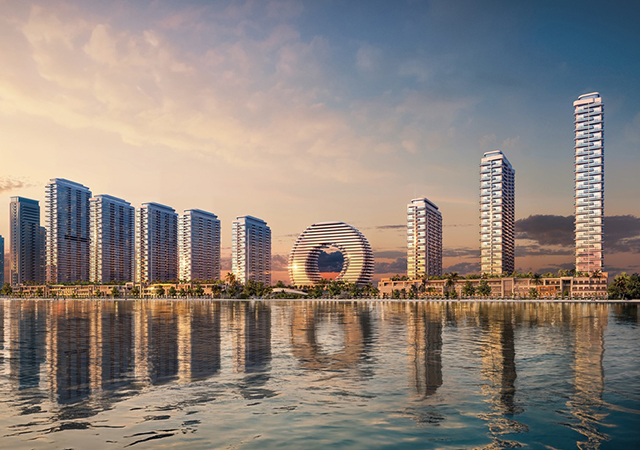

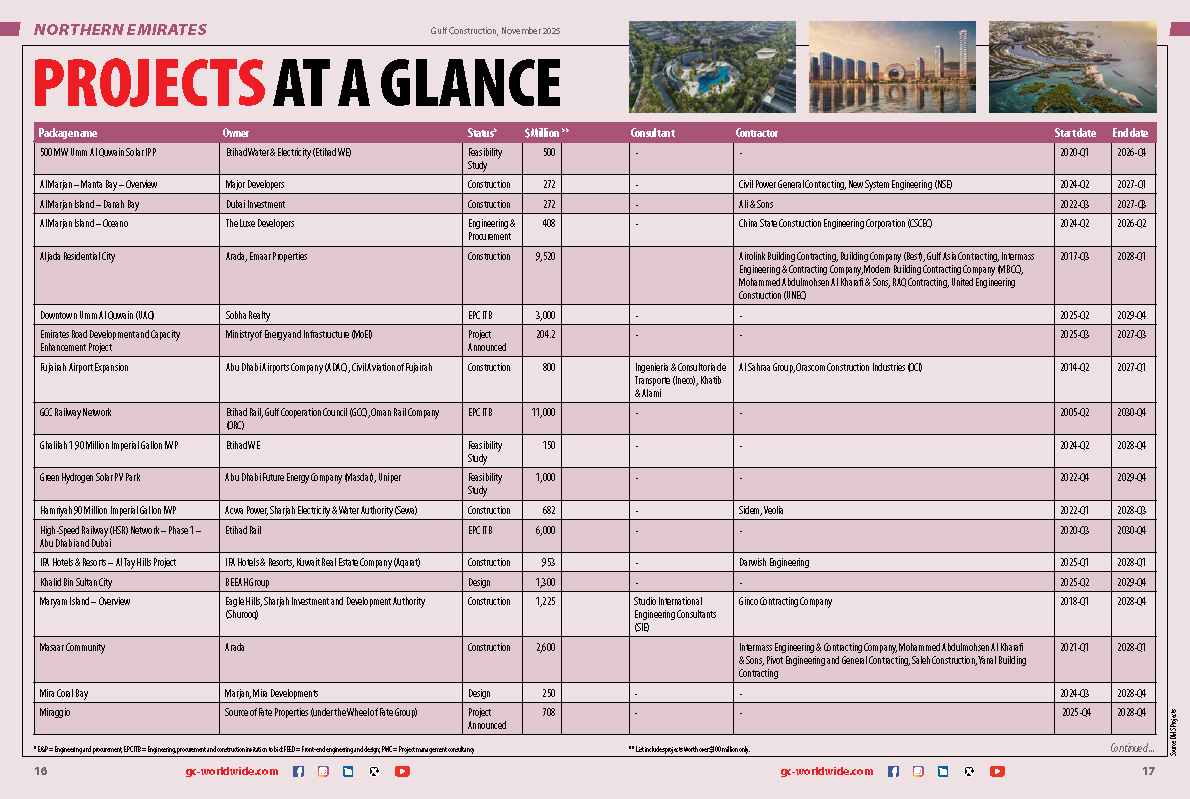
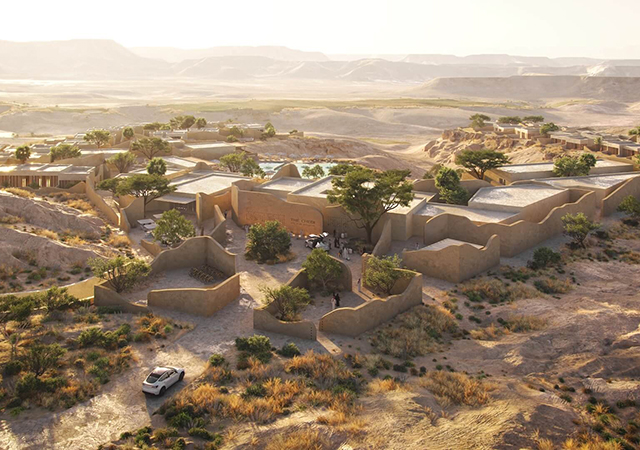
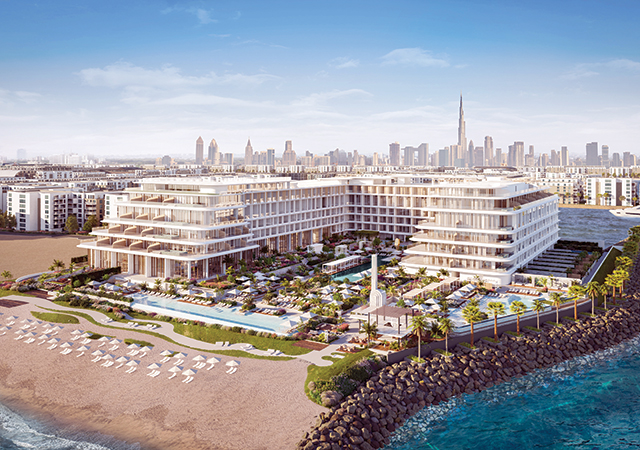
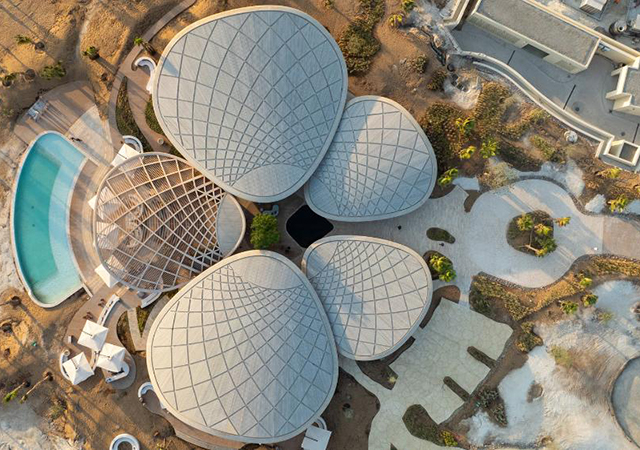

(5).jpg)
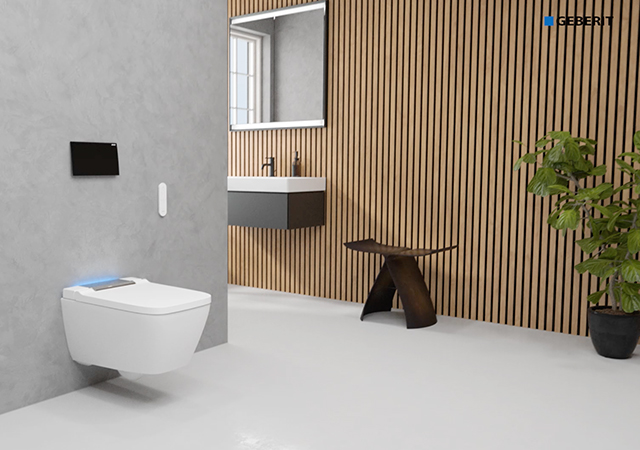
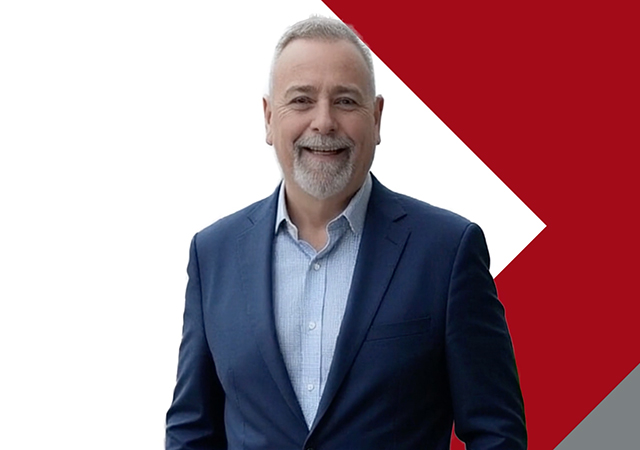

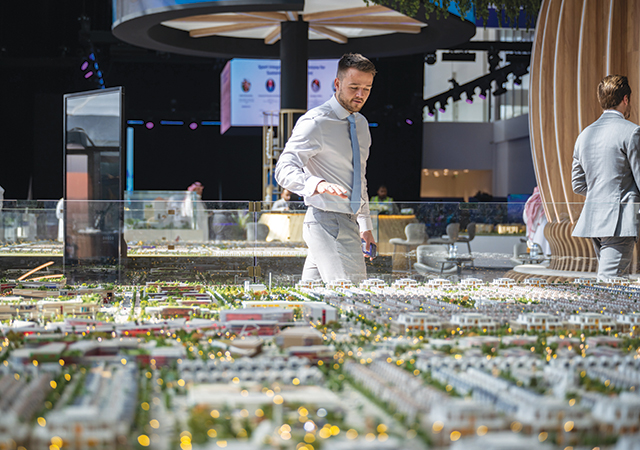
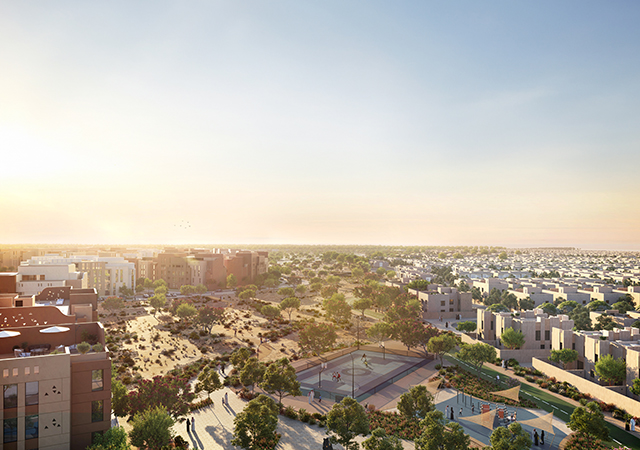

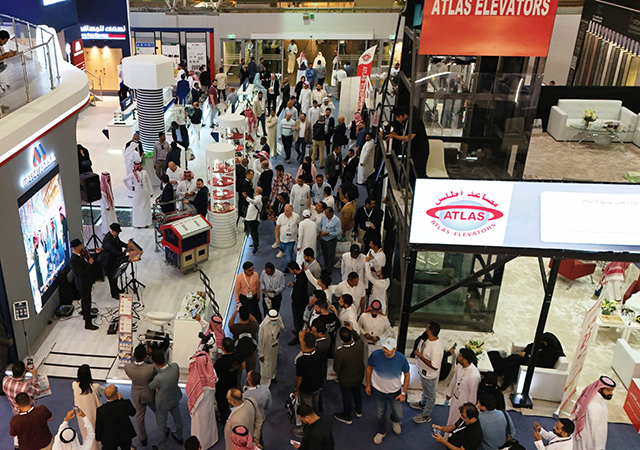

.jpg)


